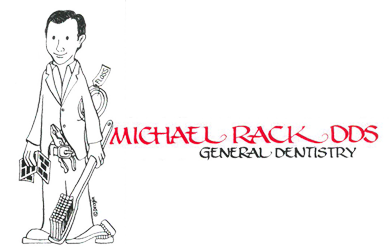The temporomandibular joints, called TMJ, are the joints and jaw muscles that make it possible to open and close your mouth. Located on each side of the head, your TMJ work together when you chew, speak or swallow and include muscles and ligaments as well as the jaw bone. They also control the lower jaw (mandible) as it moves forward, backward and side to side.
Each TMJ has a disc between the ball and socket. The disc cushions the load while enabling the jaw to open widely and rotate or glide. Any problem that prevents this complex system of muscles, ligaments, discs and bones from working properly may result in a painful TMJ disorder.
Possible causes of TMJ disorders include:
- arthritis
- dislocation
- injury
- tooth and jaw alignment
- stress and teeth grinding
Diagnosis is an important step before treatment. Part of the dental examination includes checking the joints and muscles for tenderness, clicking, popping or difficulty moving. Depending on the diagnosis, the dentist may refer you to a physician or another dentist.
There are several treatments for TMJ disorders. This step-by-step plan from the National Institute of Dental and Craniofacial Research allows you to try simple treatment before moving on to more involved treatment. The NIDCR also recommends a “less is often best” approach in treating TMJ disorders, which includes:
- eating softer foods
- avoiding chewing gum and biting your nails
- modifying the pain with heat packs
- practicing relaxation techniques to control jaw tension, such as meditation or biofeedback.
If necessary for your symptoms, the following treatments may be advised:
- exercises to strengthen your jaw muscles
- medications prescribed by your dentist; for example, muscle relaxants, analgesics, anti-anxiety drugs or anti-inflammatory medications
- a night guard or bite plate to decrease clenching or grinding of teeth.
In some cases, your dentist may recommend fixing an uneven bite by adjusting or reshaping some teeth. Orthodontic treatment may also be recommended. Your dentist can suggest the most appropriate therapy based on the suspected cause

